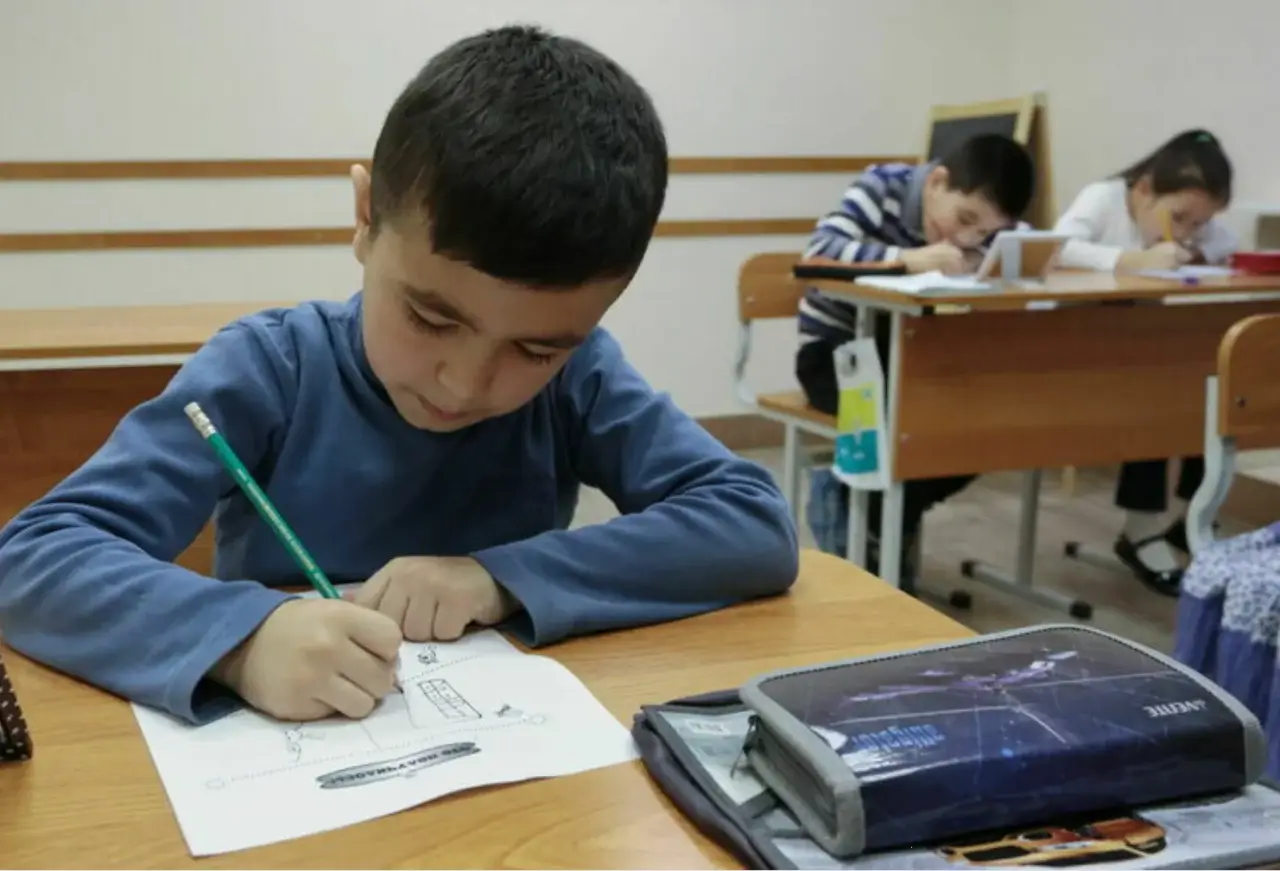
The leader of Russia’s “New People” party, Alexei Nechaev, proposed the initiative “One Class — One Migrant.” According to him, reducing the number of migrant children in a class to one person would allegedly improve the quality of education in the country, as he emphasizes. The proposal immediately sparked heated public discussions: some expect order and efficiency from it, while others consider such an approach controversial.
According to Nechaev, some classes consist of 20–30 percent migrants, which complicates the adaptation process and reduces the learning effectiveness of both Russian and foreign children, he said. That is, he stresses that due to difficulties with language, the social environment, and adapting to curricula, the teaching process may “slow down.” Therefore, the leader of “New People” added, “the even distribution of migrant children across classes” would almost eliminate the language barrier among classmates and notably relieve teachers: supposedly, if resources are better allocated, teachers can focus on everyone equally.
However, the politician said nothing about the fate of the child who ends up isolated. In other words, in practice “one class — one migrant” does not explain how this will affect the social feelings, psychological state, and integration of that single student, nor the risks of loneliness or stigmatization. This, in turn, multiplies the questions around the initiative.
Discussion and reflections
Specialists note that reducing language barriers and easing teacher workload is a legitimate goal. But the ways to achieve it matter: special language-support courses, additional tutoring hours, psycholinguistic adaptation programs, after-class mentoring models, and systematic work with parents are cited as measures proven in international practice. In that case, integration proceeds in an inclusive spirit and children are not “singled out.”
From a legal perspective, the issue also arises: limiting class composition by national origin or migration source, separate quotas, or codifying the “one person” principle may lead to heated disputes. Education must be a field of equal opportunities; therefore, any arrangement must not automatically amount to discrimination. Likewise, micro-districts in large cities differ: in some schools the share of migrant children is naturally higher — in such cases, implementing “even distribution” would require complex factors of logistics, transport, and parental consent.
From teachers’ standpoint, resources and time are the most precious assets. Language support in class requires a teaching assistant, special methodologies, digital materials, and individual learning trajectories. If the initiative is not backed by exactly such infrastructure, the “one class — one migrant” rule may produce additional organizational problems.
In conclusion, Nechaev’s proposal is a call that revisits the topic of integration and efficiency in the education system. However, the social-psychological consequences, legal grounds, and practical mechanisms of the “even distribution” of migrant children demand precise conclusions. Most important are the fate of the single child, support in his or her immediate environment, equal educational opportunities, and attention to an inclusive setting. In trying to remove the language barrier, do not build new walls — the biggest question at the heart of the debate.
Read “Zamin” on Telegram!Users of Меҳмон are not allowed to comment this publication.














